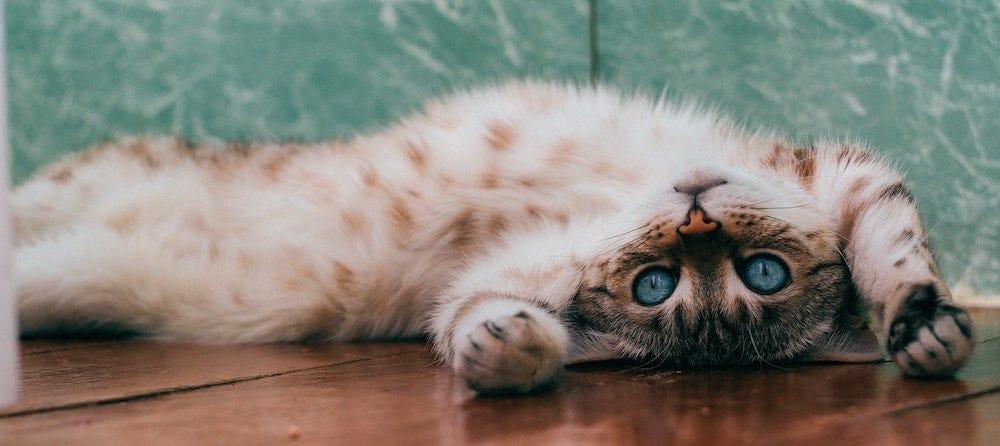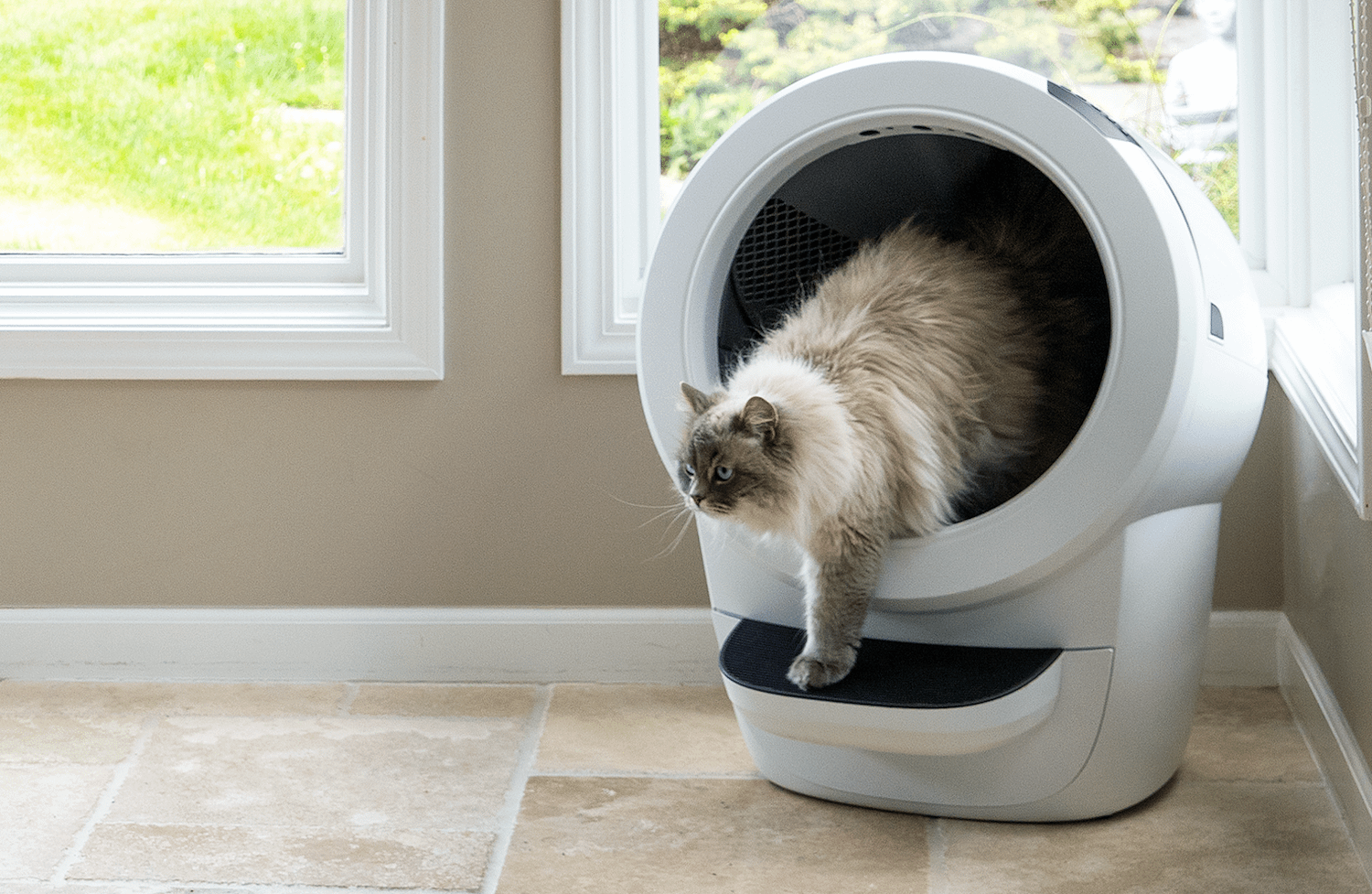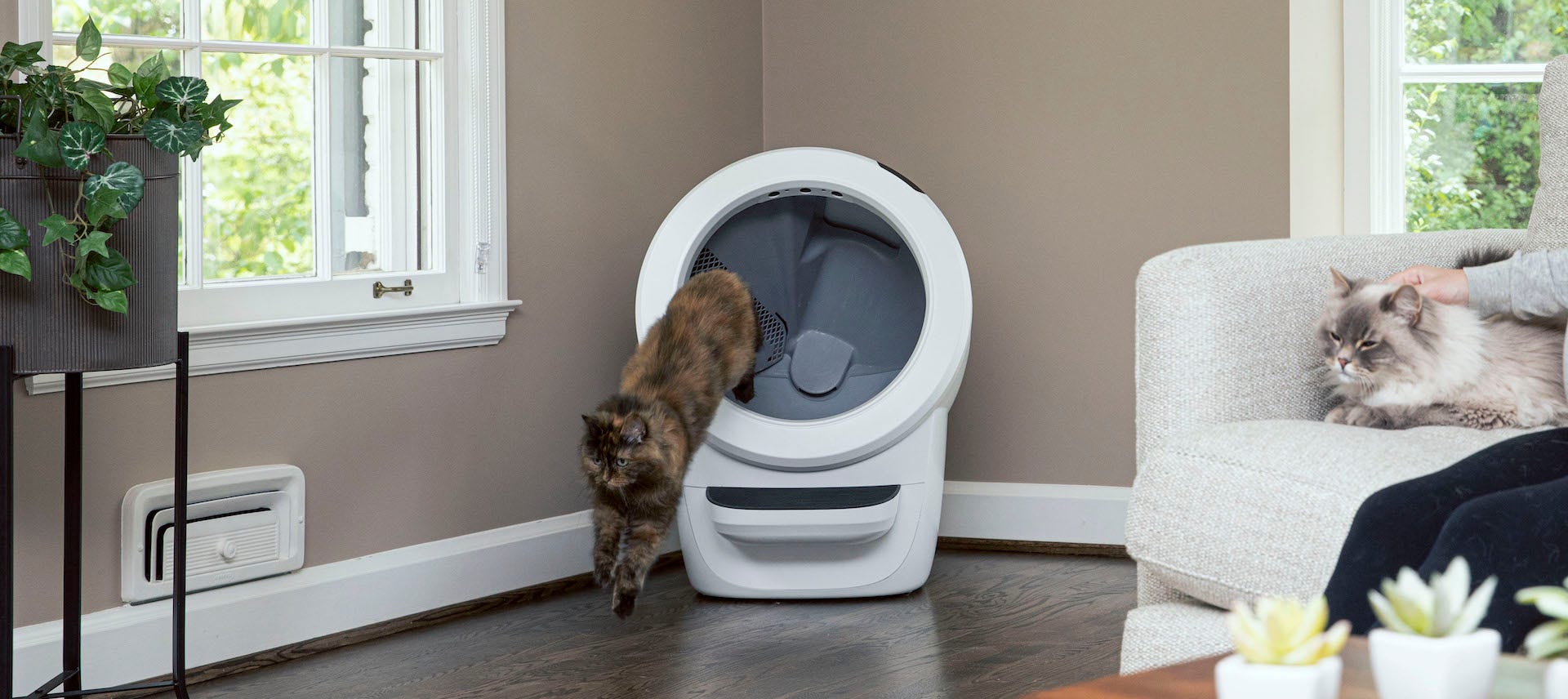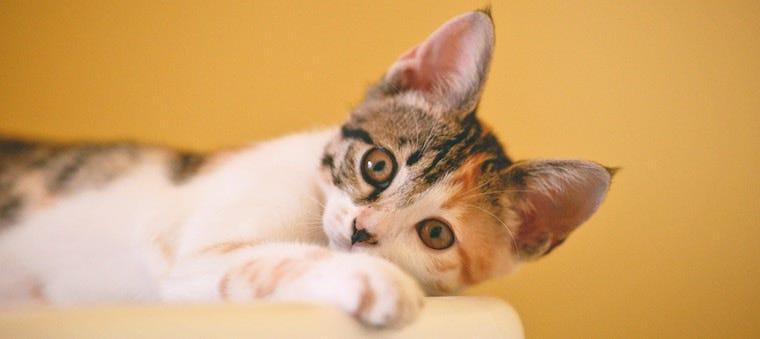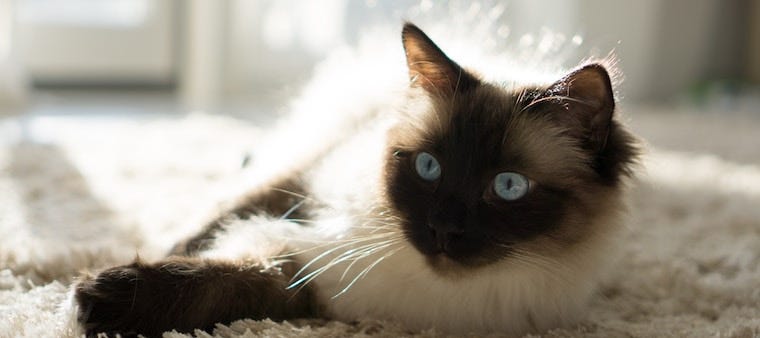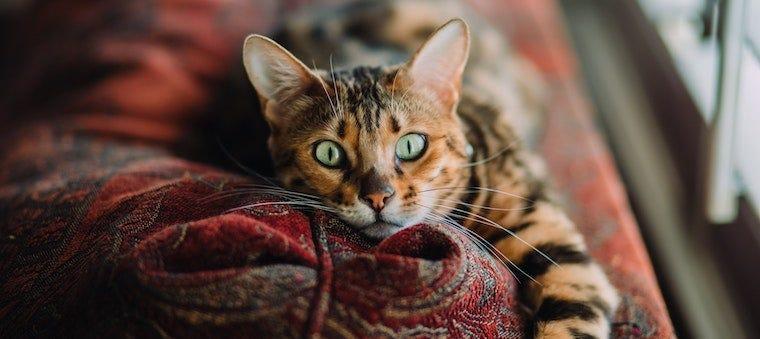Was your cat using the litter box normally then stopped all of a sudden? Your cat refusing to use the litter box can be the result of many different situations. Often, all it takes is a simple adjustment to quickly solve the problem at hand. It’s important to pay attention to your cat's behavior to pinpoint the reason behind their sudden litter box aversion.
In some cases, medical issues will cause your cat to stop using the litter box. In other cases, your feline’s litter box aversion could stem from something as simple as not liking the litter in their box. Let’s explore the various reasons behind what causes litter box avoidance!
Signs your cat stopped using the litter box
First, try to confirm that your cat isn’t simply going elsewhere in your home. Typically, you will see or smell evidence of this pretty quickly. If your whole house smells like cat urine despite the litter being clean, this might be why.
Other times, cats just decide to do their business right next to the litter box to show their discontent. There are many reasons why your cat may be peeing outside the litter box or pooping on the floor.
Signs that your cat has stopped using the litter box include:
- Lack of clumps (urine or poop) when it’s time to scoop a traditional litter box
- No longer being notified via the app that your cat is using their self-cleaning litter box
Medical reasons why cats stop using the litter box
If your cat is not using the litter box all of a sudden and for no apparent reason, it’s best to call the veterinarian. With your vet’s help, you’ll be able to rule out and treat medical problems right away.
For instance, if you notice that your cat frequently attempts to urinate but it appears they’re straining to do so, they might have Feline Idiopathic Cystitis (FIC) or a related lower urinary condition.
You’ll want to tell your vet if your cat is licking their genital area excessively or appears in pain when they try to use the litter box. Listen for meowing or crying noises while they’re in the box, as it could be a sign of urinary issues such as kidney or bladder stones that may be causing some sort of blockage. The best way to rule these things in or out is through diagnostic imaging or testing as recommended by your veterinarian.
If your male cat stopped using the litter box
Male cats are particularly susceptible to a life-threatening condition called Feline Urethral Obstruction (FUO). Because their urethra is narrower, male cats are more likely to get a blockage in the urethra. This leads to the toxins meant to be dispelled by your cat’s kidneys building up in the bloodstream, resulting in kidney dysfunction or worse.
Call your vet right away if you notice that your male cat isn’t using the litter box, especially if he is excessively grooming his hind end and the penis is sticking out (a result of straining to urinate).
If your female cat stopped using the litter box
Although female cats are less likely to have a life-threatening urinary blockage, they can experience common lower urinary conditions like Feline Idiopathic Cystitis or the rarer urinary tract infection. In addition to the symptoms mentioned above (making frequent trips to the litter box, straining to urinate, excessive grooming of the hind end, acting painful), watch for lethargy, hiding, vomiting, and not eating.
When in doubt, call or make an appointment with your vet to determine if your cat’s change in litter box habits is medical-related and warrants treatment.
Top behavioral reasons why your cat suddenly stops using the litter box
After you have ruled out medical issues, it's time to focus on your cat’s behavior and what could be causing their litter box aversion.
Here are 7 common reasons why cats stop using the litter box.
Dirty litter box
In most cases, behavioral mishaps are due to nothing more than a dirty litter box. Make sure you’re scooping the litter box every day to avoid this issue.
Litter type
Cats are sensitive to smells and the texture of various objects. So, if you’re using a scented litter, your cat may not like it. If that’s the case, litter with added fragrances and perfumes may cause them to avoid using the litter box.
Also, some cats won’t like silica litter or biodegradable litter because of the way these litters feel. Most cats prefer unscented, clay-clumping litter, which is easy for cats to dig and bury their waste in without the distraction of added smells.
Multiple cats
Your cat might not be using their litter box if too many cats share the same litter box. If you have multiple cats, having more than one litter box in the home is important. The generally accepted rule of thumb is one litter box for each cat plus one additional box for traditional-style litter boxes. For example, if you have two cats, you should have three litter boxes.
Look out for territorial issues with multiple cats as well. Sometimes, one cat will dominate the litter box and intimidate other cats that try to use the litter box. If you’re asking yourself, “How do I get my cat to stop guarding the litter box?” try adding multiple boxes!
Ease of access
Litter boxes should be placed in easy-to-access spots around the house. For instance, if your litter box is in the basement and your cat stops using it, then that may be their way of telling you to move the litter box upstairs.
If you have older cats or cats with arthritis, it’s important that you make sure the box opening is low enough for them. You could also try investing in a ramp for the entrance of the cat litter box, too!
Privacy
Cats like privacy. They feel vulnerable when using the bathroom, so if your box is located in a high-traffic or noisy area, they may decide not to go.
Changes in the home
In addition to wanting privacy, cats are sensitive animals, and changes to their environment can be stressful for them. Additional pets or unfamiliar people in the home can cause a cat to stop using the litter box.
Claustrophobia
Make sure your litter box is big enough for your cat. If it's too small, your cat might feel overly claustrophobic when using the litter box. Some cats also have an aversion to hooded boxes because they can enhance the feeling of being claustrophobic in their litter box.
Bringing your cat back to the box: 5 solutions
After identifying why your cat isn’t using their box, it's time to learn how to fix the problem. These litter box solutions will help you get your cat back on track!
Upgrade to a self-cleaning litter box
Litter box avoidance is more often than not due to cleanliness. Luckily, that's no longer a problem with a self-cleaning litter box. Life gets busy and you may not have time to clean the litter box as often as your cat would like—but with an automatic litter box, it will always be clean!
With Litter-Robot 4, you can even receive updates directly to your phone that will allow you to track your cat’s litter box habits. For example, if your cat normally uses Litter-Robot three or four times per day, and suddenly stops using it for a day or more—you’ll know they’re either going to the bathroom elsewhere around the house or unable to go. This behavior (or a drastic increase in usage) could signify serious health issues, and you’ll want to contact the vet.
Explore self-cleaning litter boxes
Have more than one litter box
If you don’t have a self-cleaning litter box like Litter-Robot—which is suitable for up to four cats—you should have multiple litter boxes in your home. If your cat is finicky and very specific about how, when, or where they use the bathroom, a second box will help minimize the likelihood of accidents in other areas. Try natural clay-clumping litter to keep your litter box fresh and easily remove soiled areas in the box.
Sprinkle some catnip near the litter box
While not all cats like the herb, sprinkling some catnip near the litter box may convince cats that love catnip to feel more positive toward the litter box. They’ll associate it with being a happy and safe place.
Move the litter box to their favorite spots
Take note of where your feline likes to hang out, and consider the areas where they spend the most time. Then, place the litter box in that area.
Are you wondering, “How do you train a cat to use the litter box in a new location?” Well, the best way to change the location of your litter box is to place a second box in the new spot before making any changes to the original box. Let them move at their own pace and allow time to adjust to the new area. It may take them some time to get used to the new location.
Find a hidden spot
Give your cat some privacy and security by hiding the box in a hidden spot. With cat furniture by Whisker, you can provide your cat with privacy while using an attractive piece of furniture.
For example, the Coastal Credenza provides elegant furniture to house your Litter-Robot or traditional litter box.
Is your cat not using the litter box – still?
Say the problem still hasn’t subsided after observing your cat and making necessary adjustments to their litter box. It’s important to take your cat to the vet if you haven’t already. Even if you don’t notice any symptoms of pain or unusual bathroom habits, it doesn’t mean they aren't affected by health issues.
Cats are good at hiding their pain. Something as simple as a urinary tract infection can be a serious issue that needs attention immediately. So, seeking professional help from the vet is the best approach.
Say goodbye to litter box problems
Now that you know some common litter box problems and how to solve them, you and your pet should be on your way to happier and healthier lives. Your cat is trying to talk to you through their actions, so view their bathroom behavior as a form of communication.
Whether it's a health issue or something is simply making them unhappy, pay attention to your cat's needs. Plus, Litter-Robot 4 can help you understand your feline even better thanks to the notifications through the Whisker app. You’ll always know when the litter box needs to be cleaned and your cat’s bathroom habits because the app will keep you updated. You won’t have to worry about a dirty litter box anymore!
Check out our full litter box guide for additional litter box tips.
Is your cat not using Litter-Robot?
If you’ve already upgraded to a self-cleaning litter box and are having trouble getting your cat to use it, check out these tips for acclimating your cat to Litter-Robot. Most cats successfully acclimate to Litter-Robot within several days to a week of setting it up. Be sure to monitor your cat's transition to their new Litter-Robot closely.
Sources:
- Feline lower urinary tract disease (FLUTD)
- Feline Lower Urinary Tract Disease
- Cystitis and Lower Urinary Tract Disease in Cats
